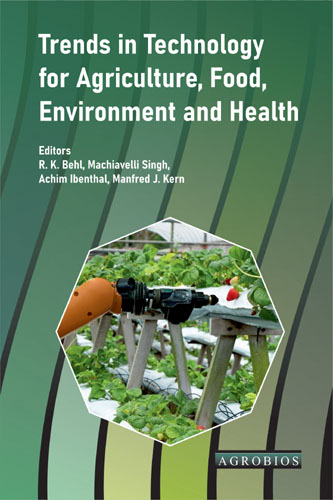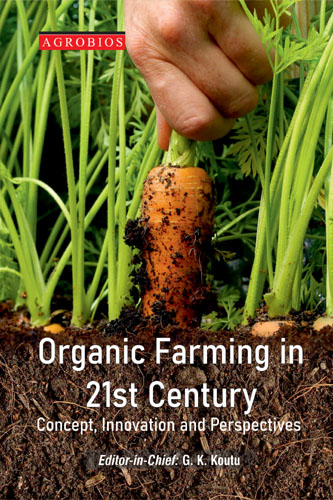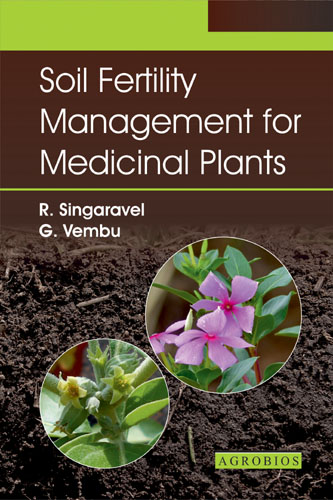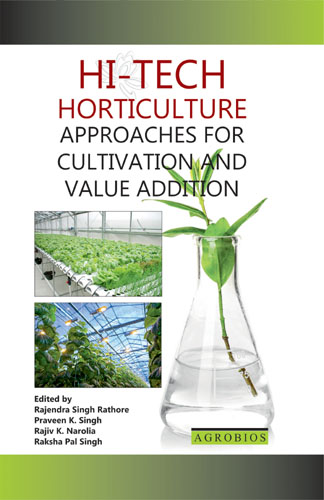Ebook
ISBN: E-2024-36
Chapter: Degradation Of Fungicides In Soil
Chapter No.: 15Contributors:
Degradation of Fungicides in Soil
- Mansi Rastogi
Department of Environment Science Maharshi Dayanand University, Rohtak, India
Corresponding Author: rastogimansi86@gmail.com - Naveen Gaurav
Department of Biotechnology, Shri Guru Ram Rai University, Dehradun, India - Rashmi Verma
Department of Biotechnology, Shri Guru Ram Rai University, Dehradun, India - Amit Anthwal
School of Applied and Life Sciences, Uttaranchal University, Dehradun, Uttarakhand, India
Abstract
Despite the increasing competency and legislation, for restricted use of fungicides in agricultural purposes (with decreasing applied amounts), it is substantially contaminating the environment. To mollify agricultural and environmental concerns, fate of these fungicides in soil is yet to be understood in a better way. Continuous fungicide application, directly or by foliage wash-off increases the soil percolation rate and a preponderant role of soil as a buffering agent is seen. The main fate processes (bio-physio-chemical) for fungicide are volatilization and retention that could lead to a temporary or permanent cumulation of fungicides in these soils. The soil gets heavily contaminated, posing a threat to soil target non-target microbes and thus increases the soil burden, interfering with nutrient cycling and ultimately entering the food chain. Fungicides are highly diverse in their chemical structures and reactivity; extremely affected by the pedoclimatic conditions (soil temperature and water content) that further influences retention and degradation of pesticides in soils. Therefore, widespread use and release of these toxic fungicide fractions cause reduction in soil fertility and environmental damage, making it a global issue. To combat this issue, sustainable agriculture with special attention to specific arenas (environment protection and conservation of resources) is often considered for remediation of contaminated soils, aquatic bodies and the environment. Soil fungicides act by killing pathogens, and their recolonization in soil results in an infected soil. A soil fumigant operates based on the concentration of the fungicide multiplied by the time period during which it is sprayed. Fungicidal method of action is based on the suppression of harmful fungal strains by altering their reproduction and proliferation. This chapter explores the effect and degradation route of fungicides in order to understand about the chemistry and illnesses produced by them in the soil.
Keywords: Fungicides, TMTD, Ring hydroxylation, Epoxidation, Thiocarbamate, Carbendazim, Environment damage, contamination
List of All Chapters
1 - Introduction To Soil, Its Degradati...
2 - Ecological Restoration ...
3 - Natural And Human Dimensions Of Soi...
4 - Soil Restoration: Its Principles An...
5 - Soil Degradation Pattern And Potent...
6 - Soil Degradation And Deterioration:...
7 - Soil Microbes And Their Contributio...
8 - Sustainable Restoration And Revival...
9 - Problem Soil: Types, Causes, And Re...
10 - Soil Degradation And Nutrient Mobil...
11 - Influence Of Organic Matter Content...
12 - Impact Of Mining On Health, Environ...
13 - Phytoremediation Of Degraded Semi-a...
14 - Chemically Contaminated Soil: Sourc...
15 - Degradation Of Fungicides In Soil ...
16 - Bioremediation Approaches For Recla...
17 - Heavy Metals In Soil: Assessment, E...
18 - Bioremediation Of Pesticides Presen...
19 - Harnessing Artificial Intelligence ...
20 - Impact Of Forest Fires In Uttarakha...
21 - Subject Index...
Book Details
Soil Restoration: Assessment And Reclamation NEW
TEXT-CUM-REFERENCES BOOK
0
0
0
AMERICAN ROYAL (6X9)
0 Gms
All Rights Reserved
M/s AGROBIOS RESEARCH
EXTENSION WORKERS | FIELD WORKERS | PG STUDENTS | SCIENTISTS AND RESEARCHERS |
Agronomy , Climate Change , Crop Ecology And Environment , Crop Physiology , Dry Land Agriculture , Food Security , Forestry , Gardening , General Agriculture , Horticulture , Microbiology , Natural Resources Management , Organic Farming , Soil Science , Sustainable Agriculture , Vermicomposting ,












